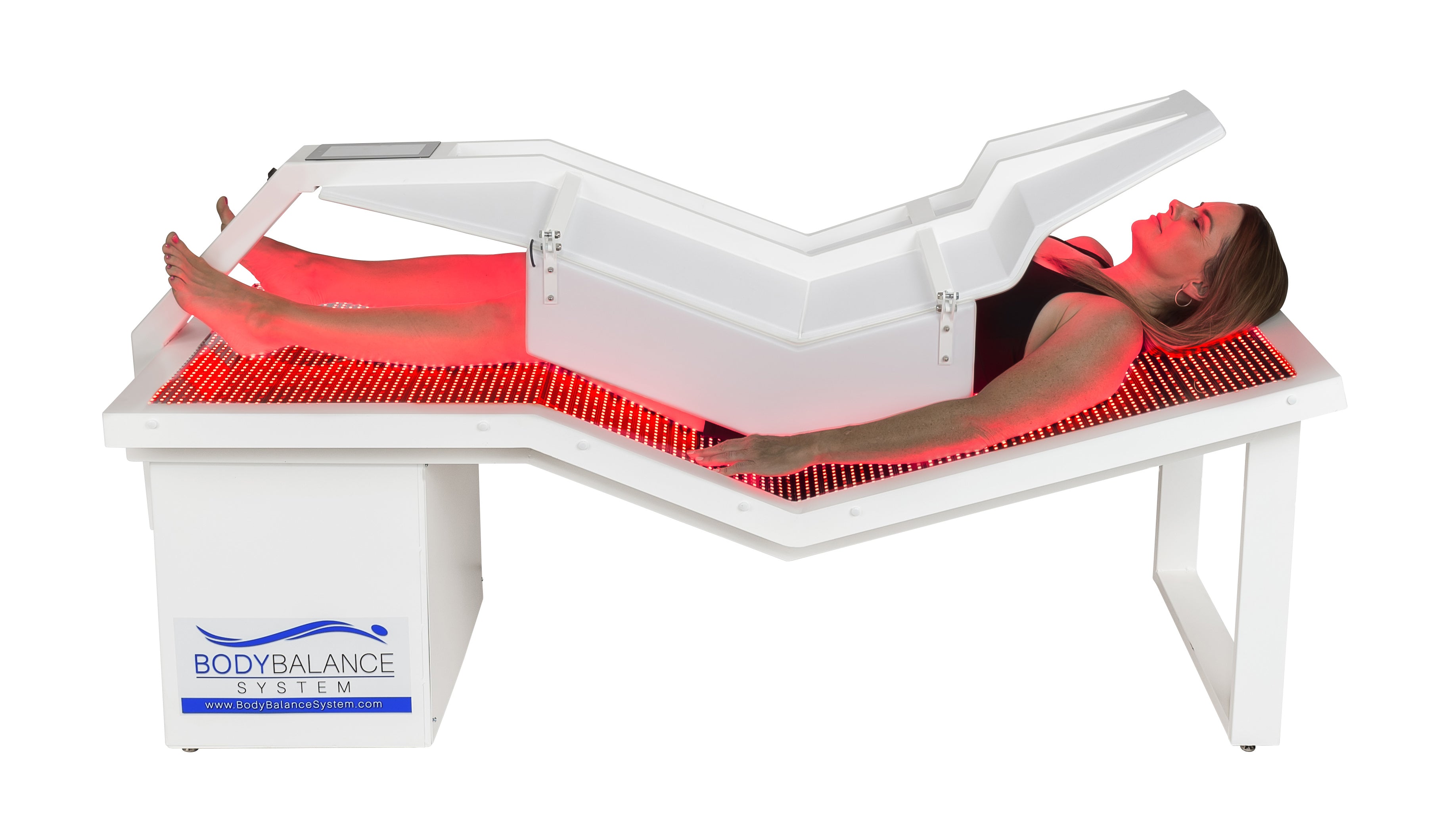Post Covid/Long Covid Treatment
Post-COVID syndrome also known as long-haul COVID refers to symptoms that persist for more than three weeks after the diagnosis of COVID-19. We reviewed the current evidence on post-COVID syndrome, focusing on its clinical manifestations and addressing the challenges for its management in primary healthcare.
It is estimated that as many as 10–35% of people with mild to moderate cases of COVID-19 develop COVID long-haul syndrome, while as many as 85% of patients who were hospitalized with the virus suffer long-term complications. Fatigue is the most common symptom reported (17.5–72% of post-COVID cases) followed by residual dyspnea (10–40%), mental problems (26%), chest pain (22%), and olfactory and loss of taste or gustatory dysfunction (11%). More than one third of patients with post-COVID syndrome have pre-existing conditions with hypertension and diabetes mellitus being the most common.
We are the premier COVID long-haul clinic in the Sarasota-Bradenton area. By using a multi-step protocol that includes systemic ozone therapy, RED Light therapy, Hyperbaric oxygen chamber and more, we have one of the most comprehensive treatment protocols available. Our treatments address the immune dysregulation and chronic inflammation that occurs following the illness.
OZONE THERAPY
IV ozone therapy is a recognized and widely used medical procedure, with a distinct approach compared to some Western practices. The “Russian method” of IV ozone therapy is primarily characterized by the frequent use of ozonated physiological saline solution and generally lower ozone concentrations and dosages compared to other methods.
Here are the key aspects of the Russian method for IV ozone therapy:
Ozonated Saline Solution (SSO3): This is considered the “headliner” of the Russian approach. Sterile physiological saline (0.9% NaCl solution) is bubbled with an ozone/oxygen gas mixture in a flask or container. The ozonated saline is then infused intravenously into the patient. This method is popular because it’s relatively simple and can be used in ambulatory settings.
Low Ozone Concentrations and Doses: A defining characteristic is the emphasis on using the lowest possible therapeutically active ozone concentrations. Russian ozone doctors typically use concentrations ranging between 1 and 3 mg/L, with doses between 50 and 600 mcg. This approach aligns with the medical principle of “not to harm” and aims to achieve therapeutic effects without excessive oxidative stress.
Mechanism of Action (Russian Perspective): The therapeutic effects are believed to stem from ozone’s ability to act as an anti-inflammatory, bactericidal, immunomodulating agent. It’s thought to improve blood supply to tissues, remove toxins, and generally strengthen immunity. This approach highlights the idea that low, controlled doses of ozone can induce beneficial biological responses, including activation of antioxidant systems.
Applications: Ozone therapy is successfully used in various medical fields, including gynecology, urology, gastroenterology, traumatology, dermatology, obstetrics, and neonatology. It’s often employed as part of complex therapy for a wide range of conditions, from inflammatory diseases and infections to chronic ailments.
HYPERBARIC OXYGEN
WHAT IS HYPERBARIC OXYGEN?
Hyperbaric oxygen therapy is a relaxing treatment, that a person is exposed
to increased pressure, which allows greater absorption of oxygen to
reach the cells within the body. The increased pressure along with oxygen,
contributes to the many healing and therapeutic benefits of this therapy. During
hyperbaric oxygen therapy, the whole body is exposed to oxygen, which
in turn, heals many conditions or symptoms at one time. Benefits of hyperbaric
oxygen are many, including and not limited to, marked increase of the ability
of the white blood cells to destroy bacteria, greater production of fibroblasts
cells necessary for wound healing, stimulate growth and repair hormones essential for anti-aging process and many more. Hyperbaric oxygen therapy has
a cumulative effect, the more treatments, the better the outcome.
Learn More HYPERBARIC OXYGEN
RED LIGHT THERAPY

Does Red Light Therapy Really Work?
The red and near-infrared (NIR) light spectrum of visible light has a bioactive effect on the human body, which means our bodies respond to specific wavelengths of light with increased energy production in cells.
Several recent infrared light therapy research compelled us to believe this can lead to cellular level healing of the skin, and connective tissue without the harmful effects of ultraviolet (UVA/UVB) light. But does red light therapy really work?
Over the past two decades, thousands of published studies have focused on red light therapy.
Although not a cure, it is often touted as a miracle treatment for numerous health conditions—and its best-known therapeutic benefits are backed by science. The results we have seen support having faith in red light therapy.
What Is Red Light Therapy Good For?
This is is not an exhaustive list of studies on red light therapy, but it covers the most common list of ailments that can be treated with red and/or NIR light. Please follow our blog to discover more uses for this amazing therapy. Red light is ideal for skin conditions, whereas NIR light has benefits that extend deeper into the body where it is absorbed by muscle, connective tissue, and bones. The most promising area of study is the combination of red and NIR light to deliver positive effects on the body’s metabolic processes, endocrine system, immune system, and nervous system.
Learn More RED LIGHT THERAPY
